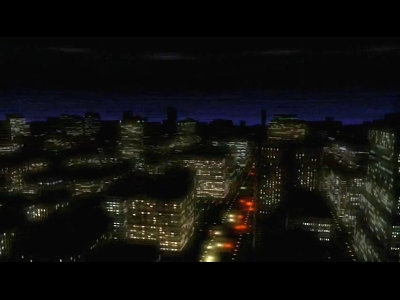How has movie background technology evolved from hand-drawn to digital, and what will happen in the age of AI?

With the advent of generative AI, which can output high-quality images and videos simply by inputting text, there are many cases where generative AI is being used at a high level of work, such as reports that
The evolution of the movie backdrop - YouTube
Matte painting is a technique that combines live action with backgrounds by optically compositing hand-drawn pictures. The movie uses the 1939 film ' The Wizard of Oz ' as an example to show how real actors were combined with background illustrations instead of actual sets.
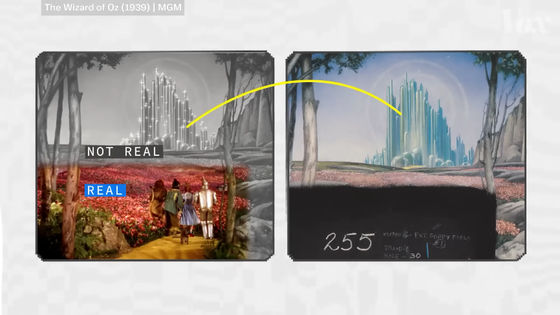
In the video, Max Berman, who has worked as a matte painter for films and games for over 10 years and is co-founder of

According to Berman, the transition from the early hand-drawn style to digital took several steps, with the first major influence being the existence of Adobe Photoshop.

Photoshop's ability to manage layers is revolutionary, and even when drawing a single background, it is now possible to compose a three-dimensional image with the foreground and background parts of the live-action image to be composited. The ability to edit the background and foreground separately while taking advantage of free colors and convenient brushes brings revolutionary changes to hand-drawn backgrounds.
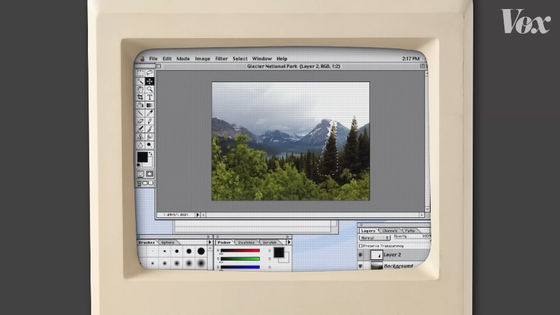
The next trend was 'photobashing,' a technique that combines and manipulates multiple photos to create a single illustration. Instead of hand-drawing the background, it is easier to create a realistic background by combining real photos.

When Vox asked Berman how matte painters viewed 'photobashing,' a practice in which photos are combined and manipulated without painting the background, Berman replied, 'I think some matte painters were skeptical of photobashing. In times of technological change, new technology is perceived as cheating until it becomes mainstream.'
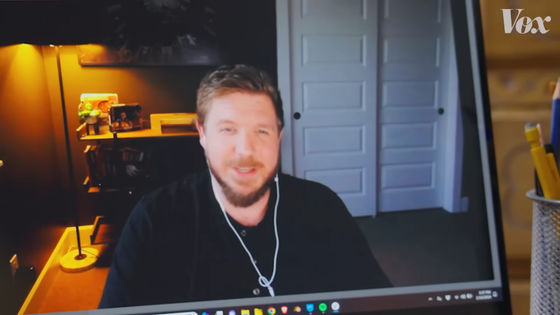
The next tech step is the technique of placing 2D layers in 3D space, which the movie calls '2.5D.'
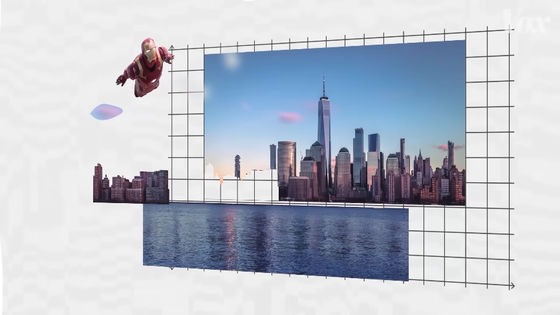
In '
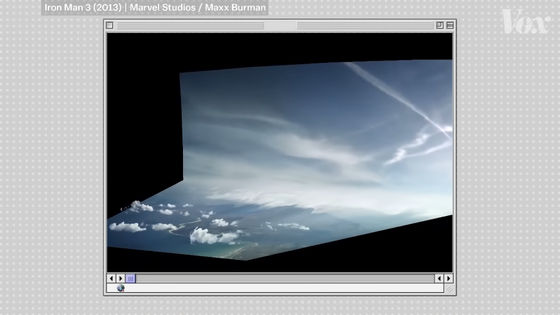
By depicting the background in 3D space and then combining it with live action footage, it is possible to create the impression of three-dimensional movement, such as Iron Man flying with such force that he pulls the clouds away from him and moves away from the coastline.
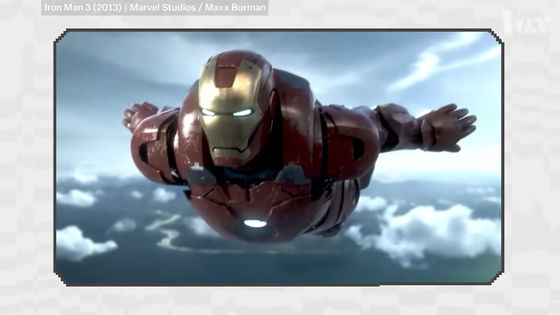
'Iron Man 3' was released in 2013, and by this time high-quality 3D had become widespread, but 2.5D was used for some backgrounds. According to Berman, it was much cheaper and easier to hand-draw in 3D space than to simulate movement using 3D background models, so for simple scenes, short cuts, or wide-ranging distant views that are too difficult to create in 3D, it was better to use 2.5D compositing, which places hand-drawn backgrounds by matte painters in three dimensions.
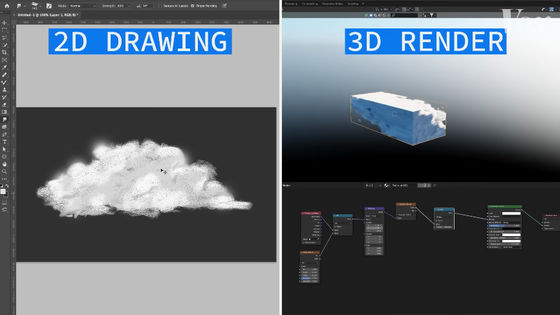
However, 3D technology has since developed, and it is now possible to create the same backgrounds in as little time as, or even more easily than, drawing them by hand in 3D space. 3D assets such as those provided by KitBash3D allow you to prepare basic backgrounds and items simply by dragging and dropping them, so it is now easier to create large numbers of buildings, which was previously a pain to create, than by photobashing, which involves cutting and pasting photos.
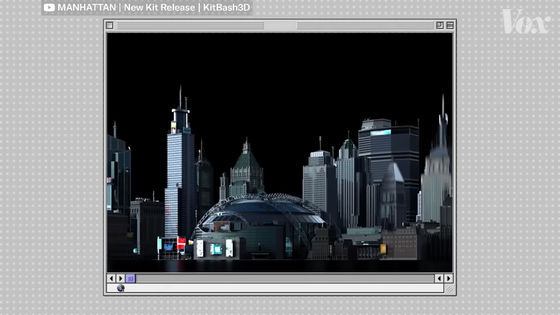
Regarding the change in background technology, Berman said, 'As we move from 2D to 3D, rendering and computing have become cheaper and easier to use than ever before, so the need for matte painters and other 2D artists is becoming less and less.' The next step could be 'generative AI.'
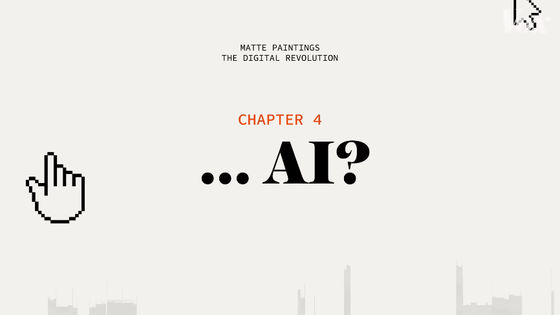
Generative AI is difficult to draw exactly what you want, and in most cases requires an iterative process of trial and error, including a large number of prompts and thousands of prints, with minor adjustments. Still, it is much faster and easier to output high-quality images than hand-drawing, but generative AI is only used by individual creators, and there are no examples of generative AI being used in Hollywood productions. Berman cites the following reasons for this: 'The quality is not yet perfect' and 'Legal issues, with the ownership of the training data being unclear and the ownership of the images produced being unknown.' However, like previous technological innovations, generative AI will eventually be established as a new technology and will be the next step in film technology, Berman said.
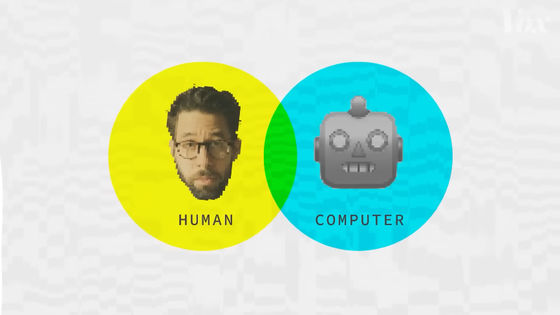
Related Posts:







